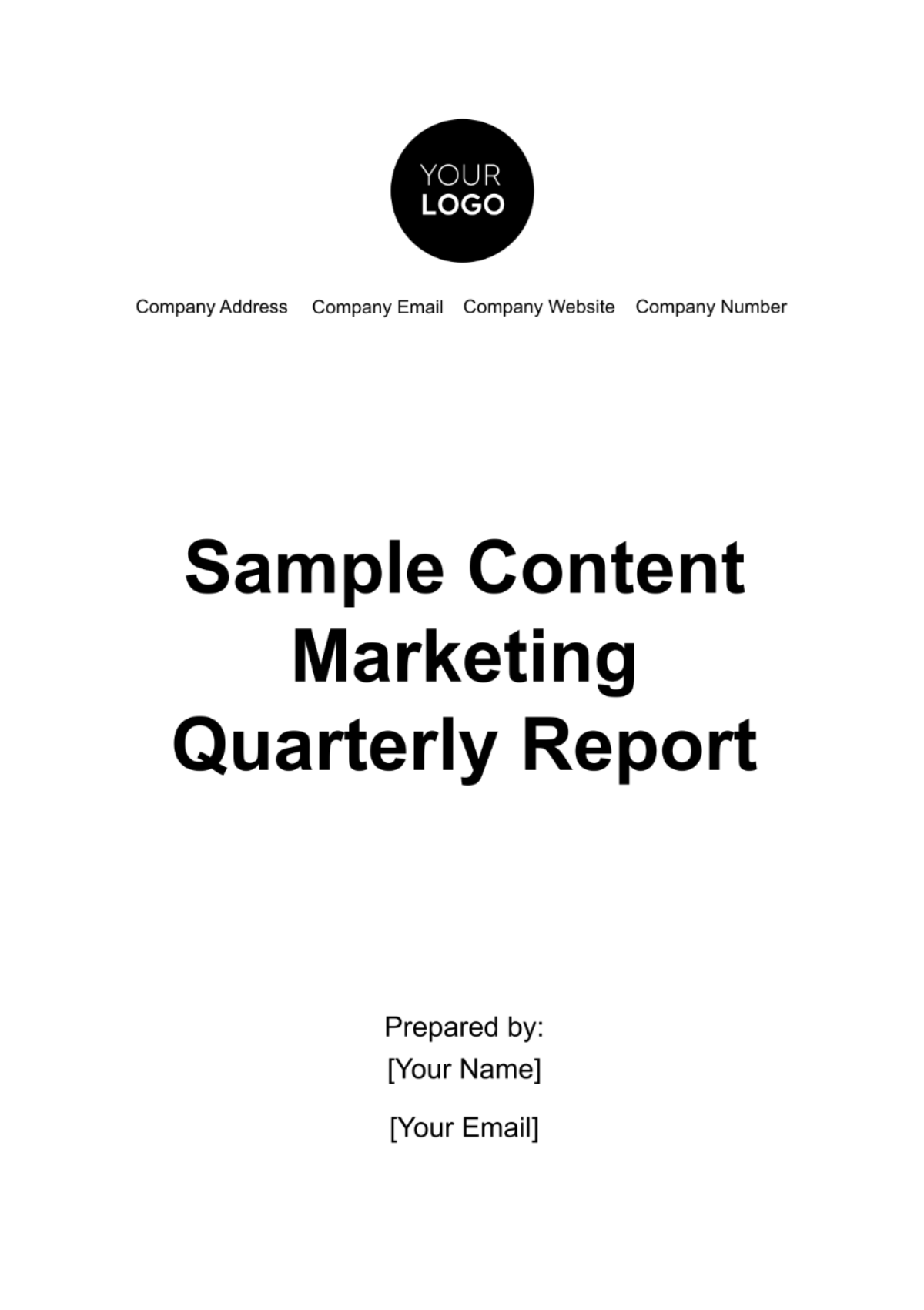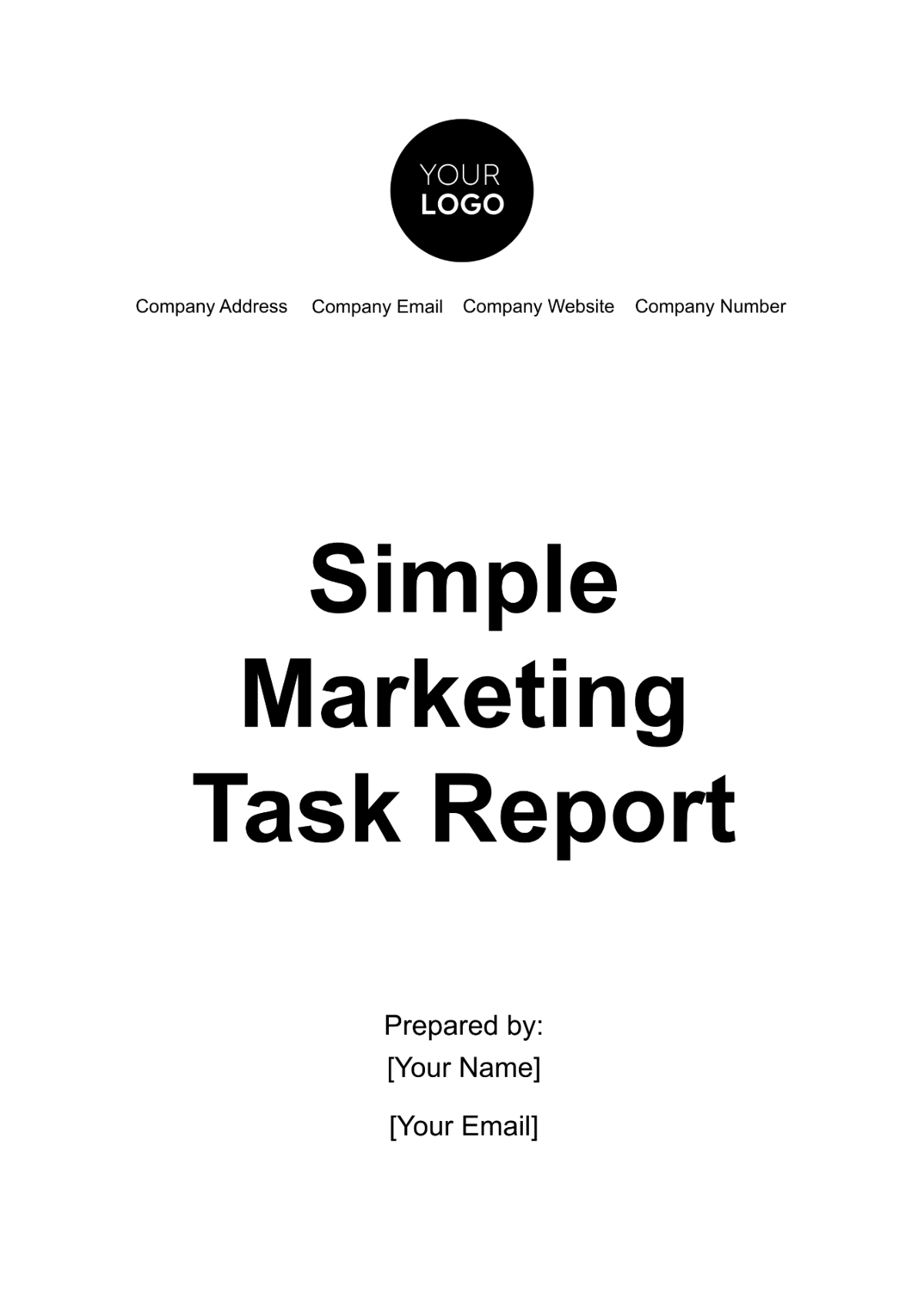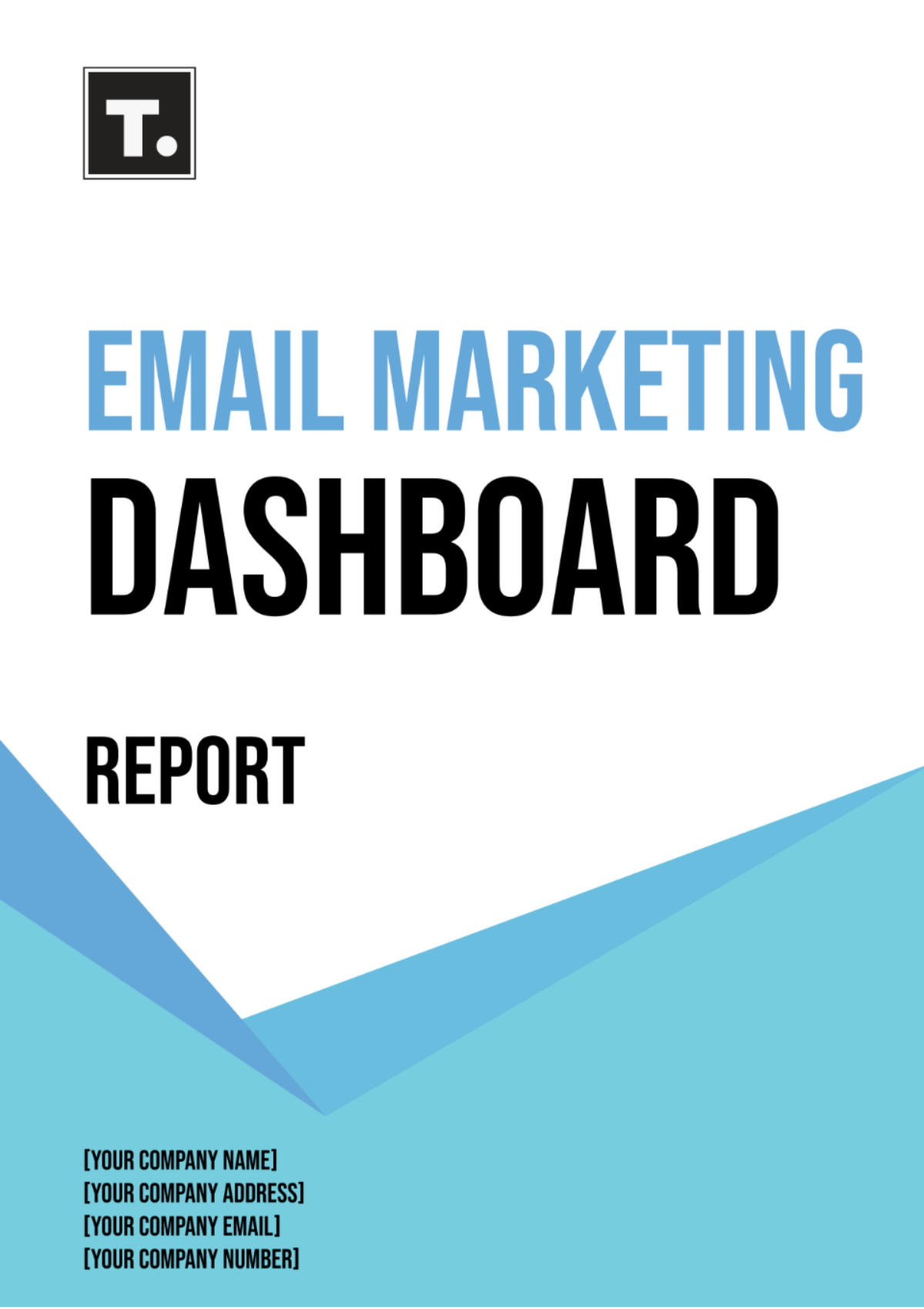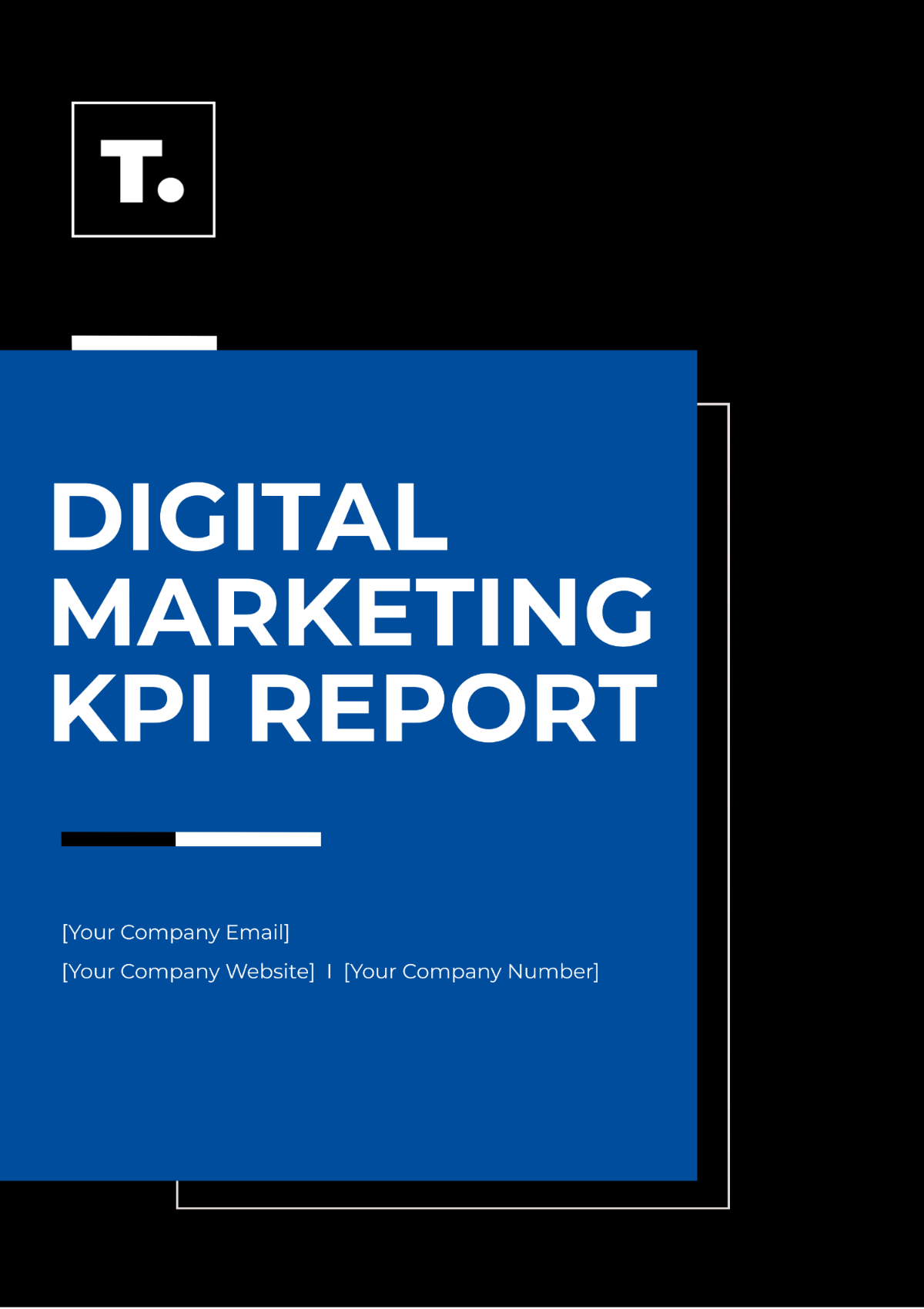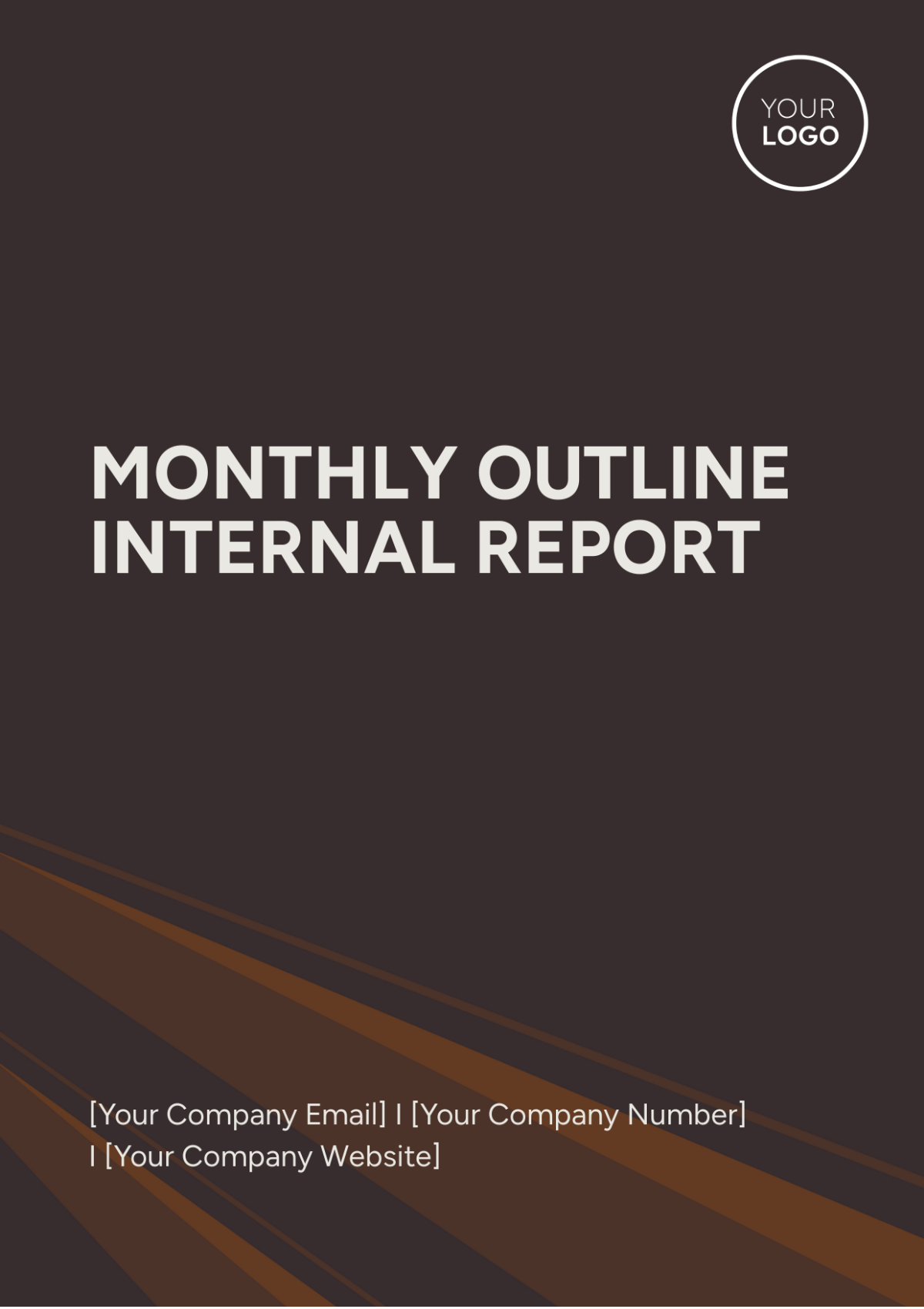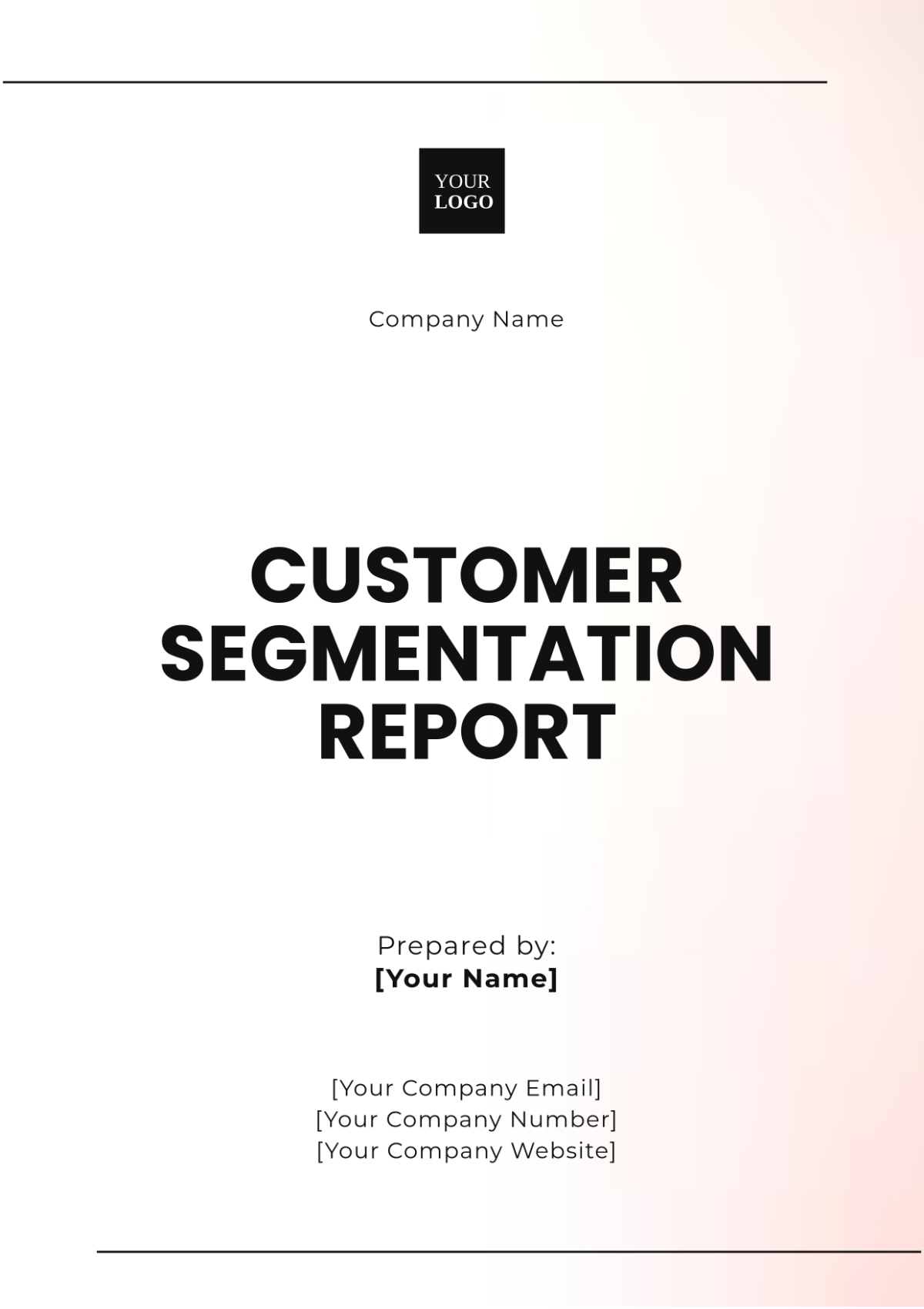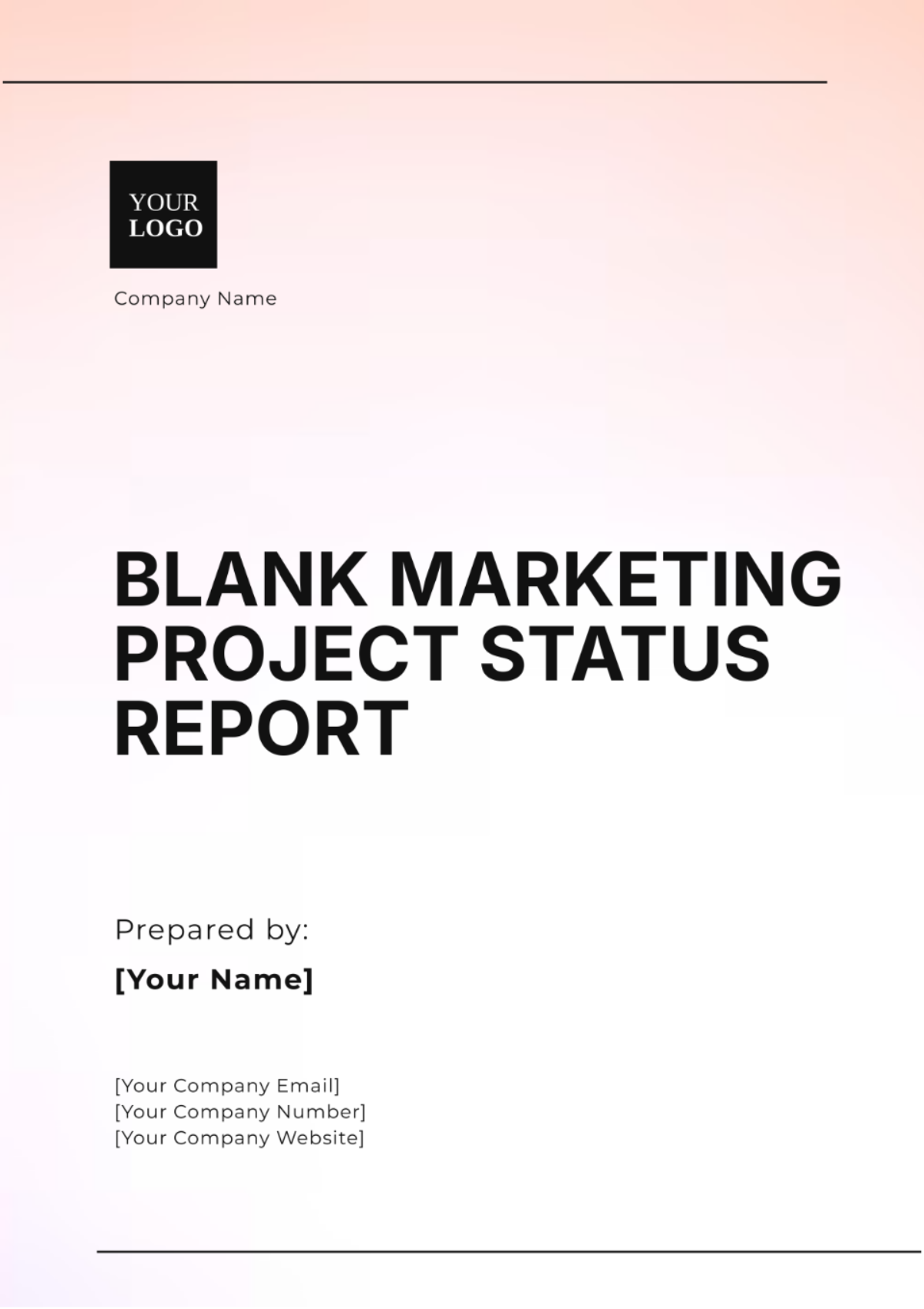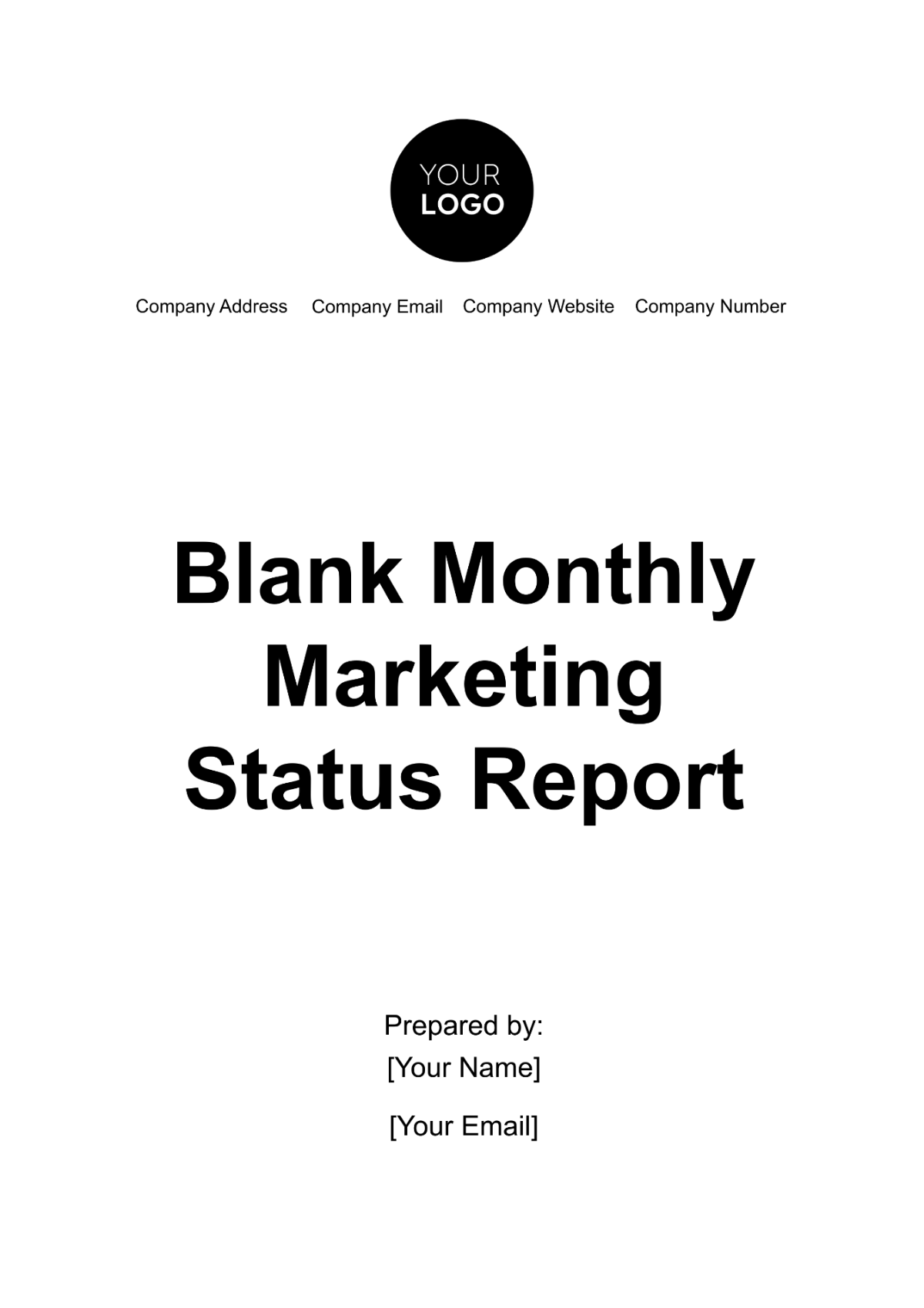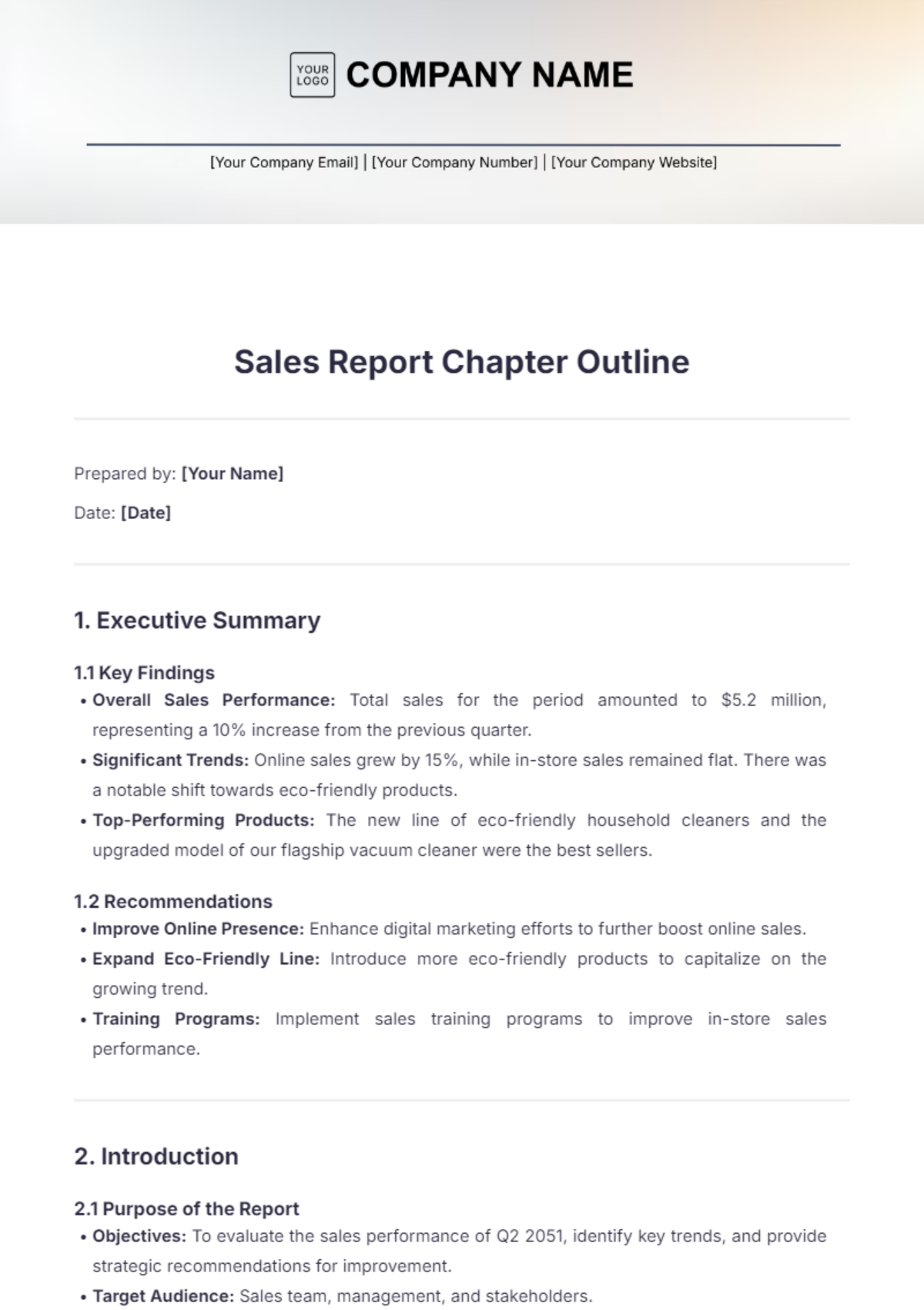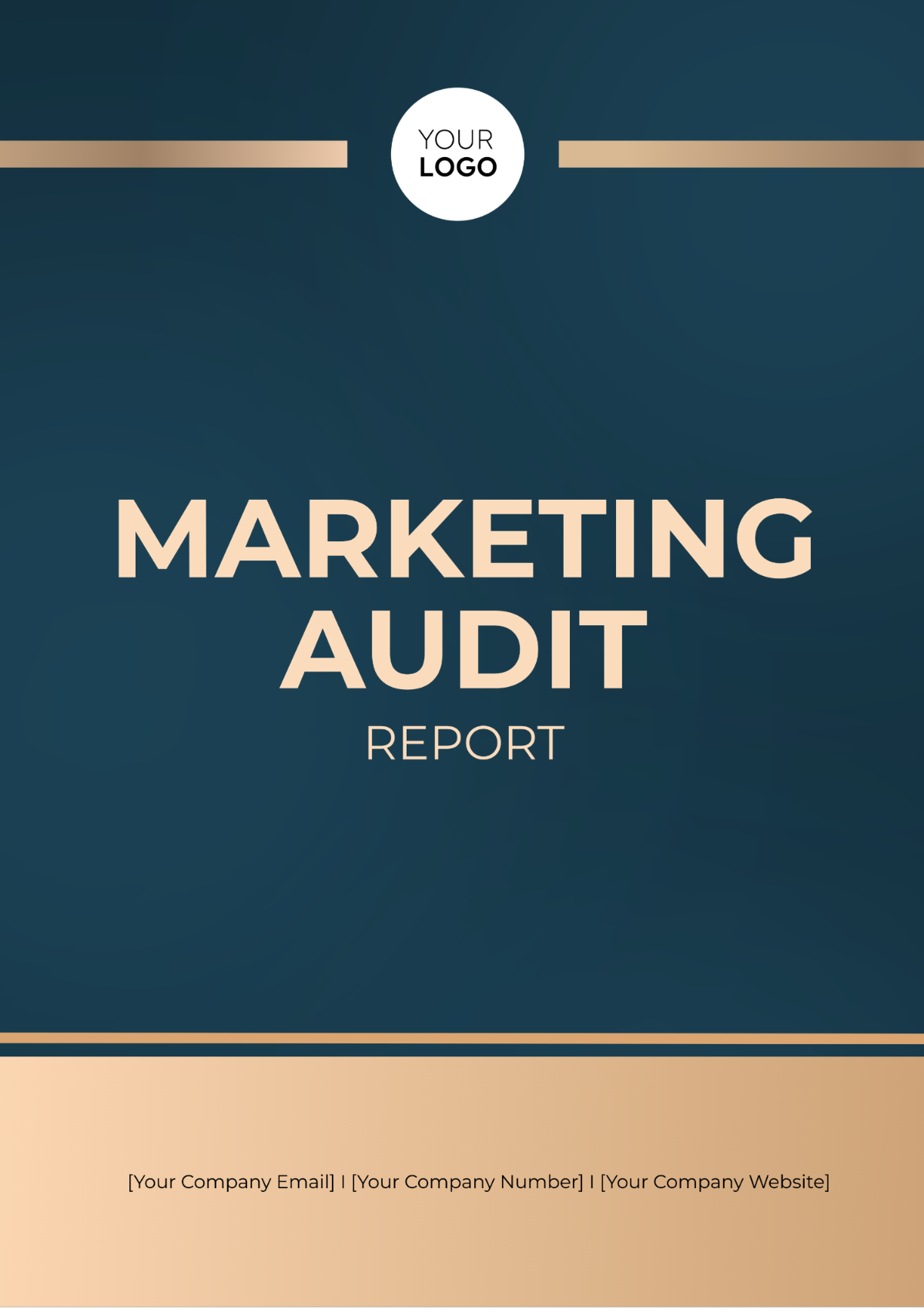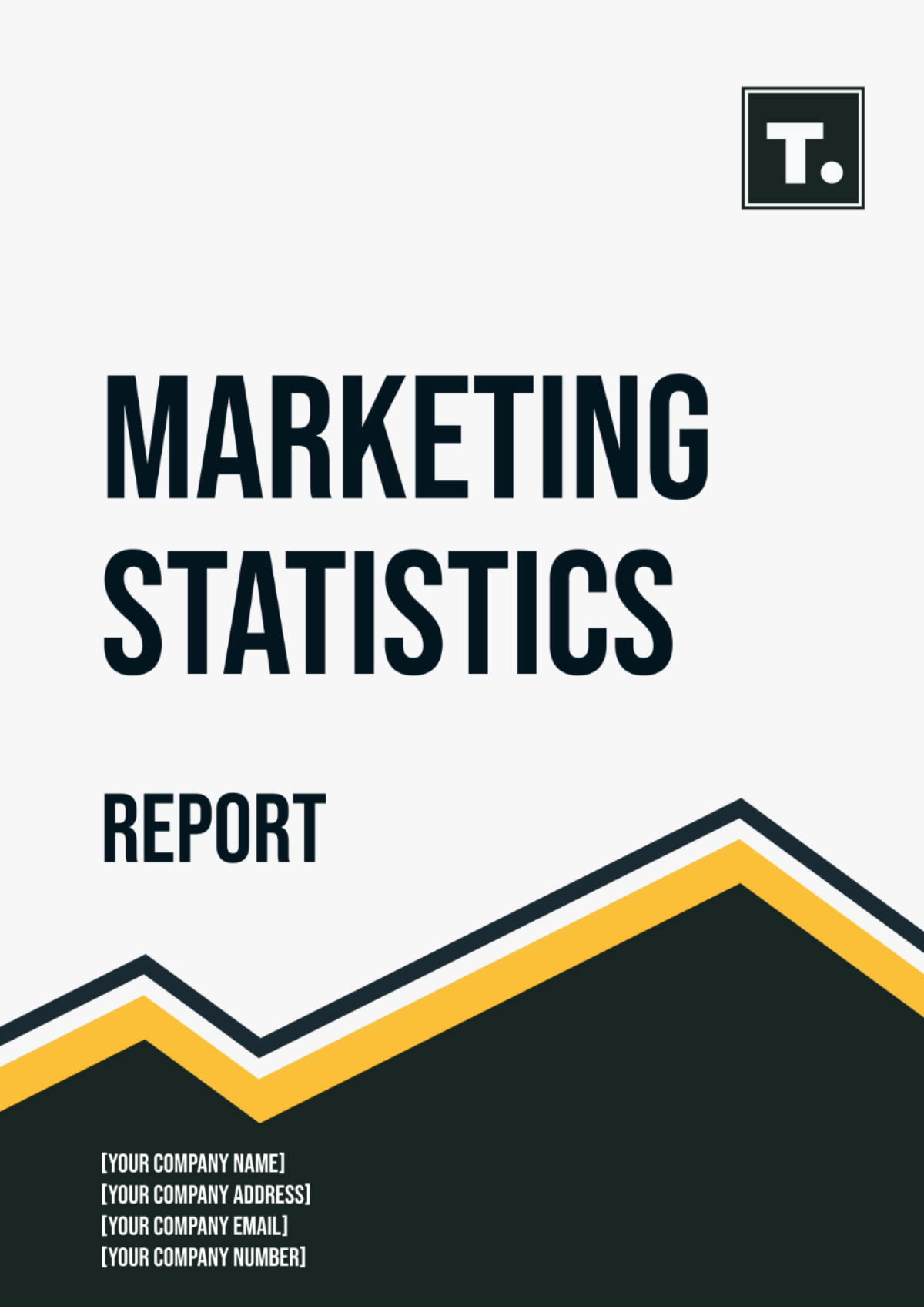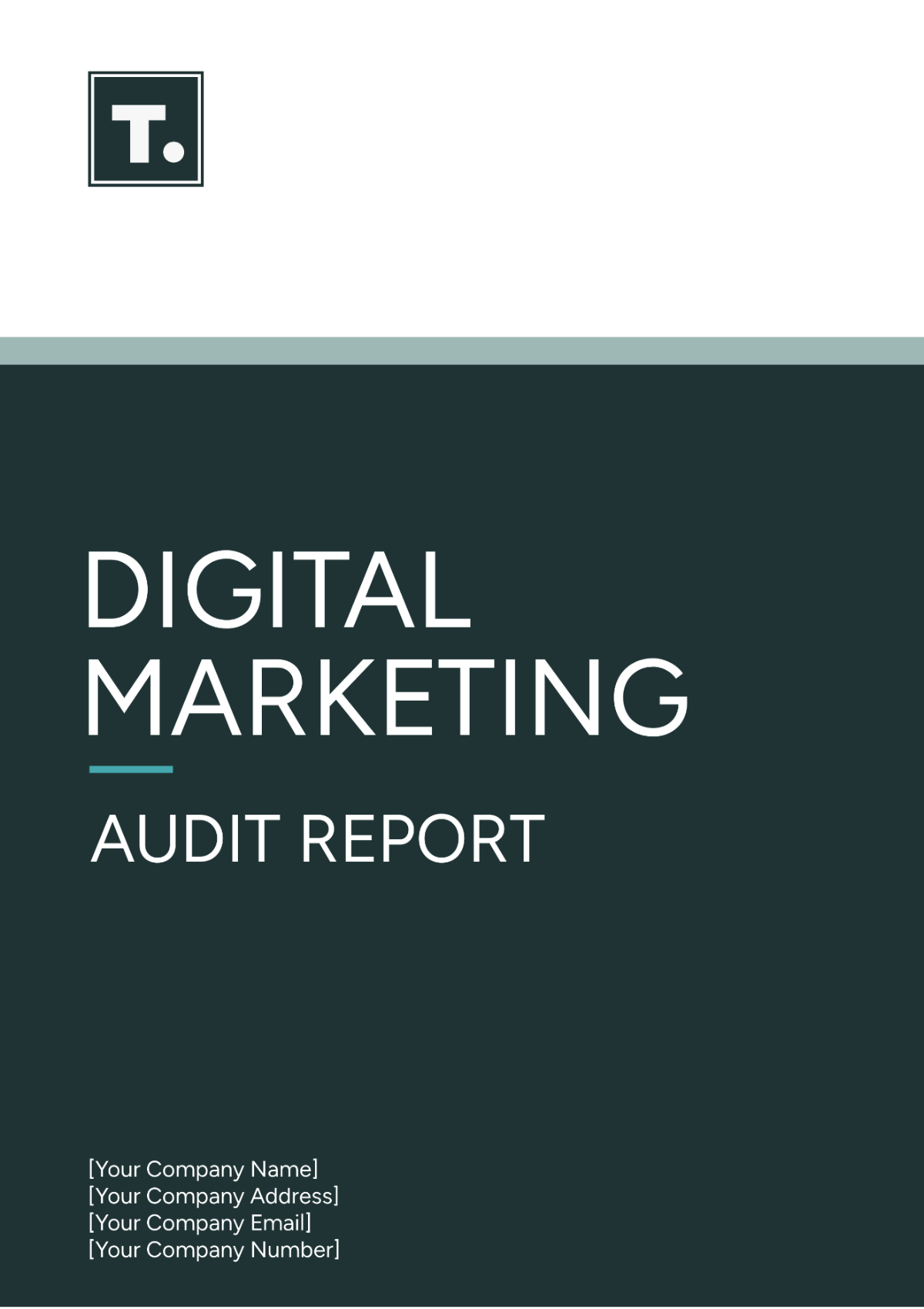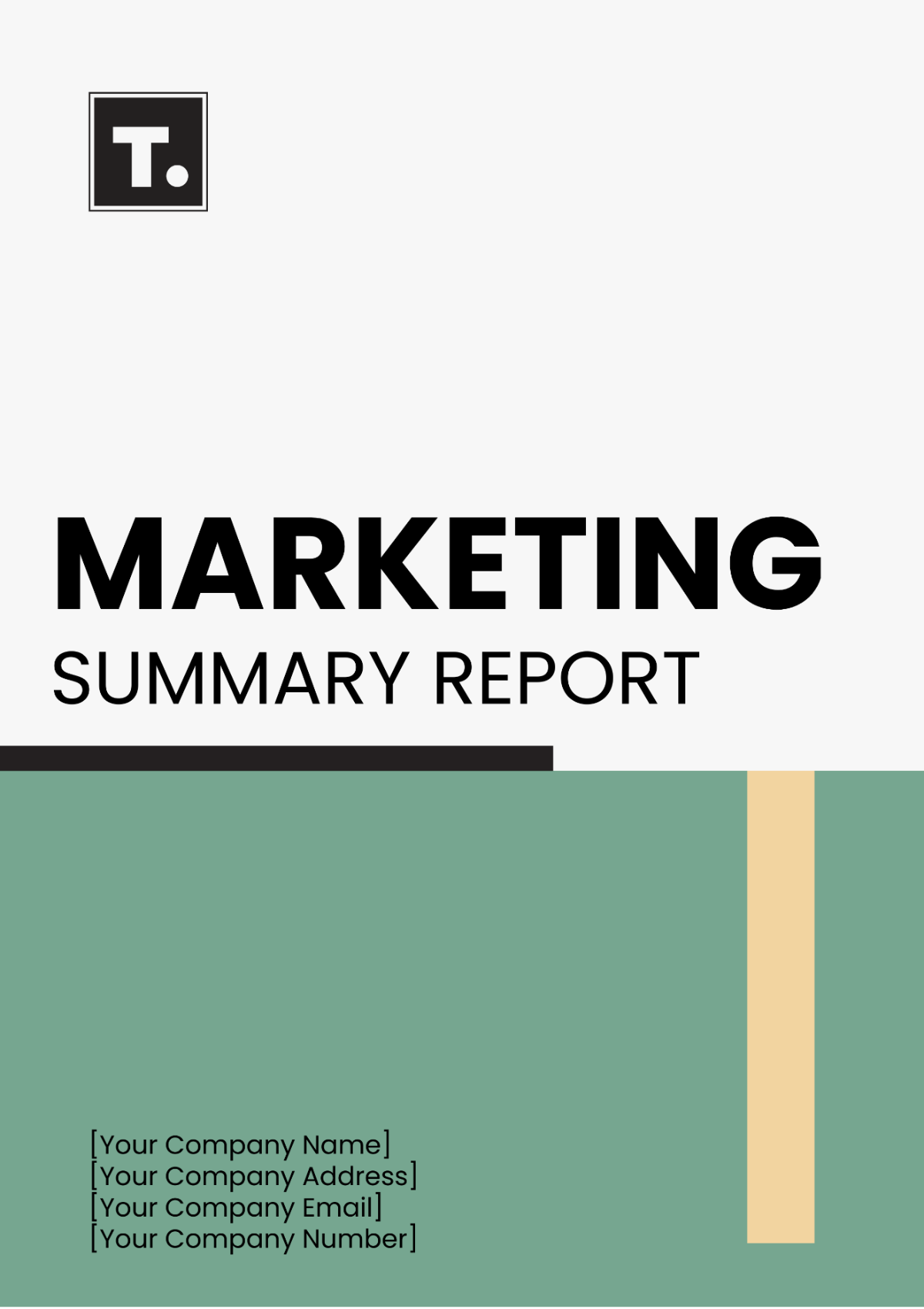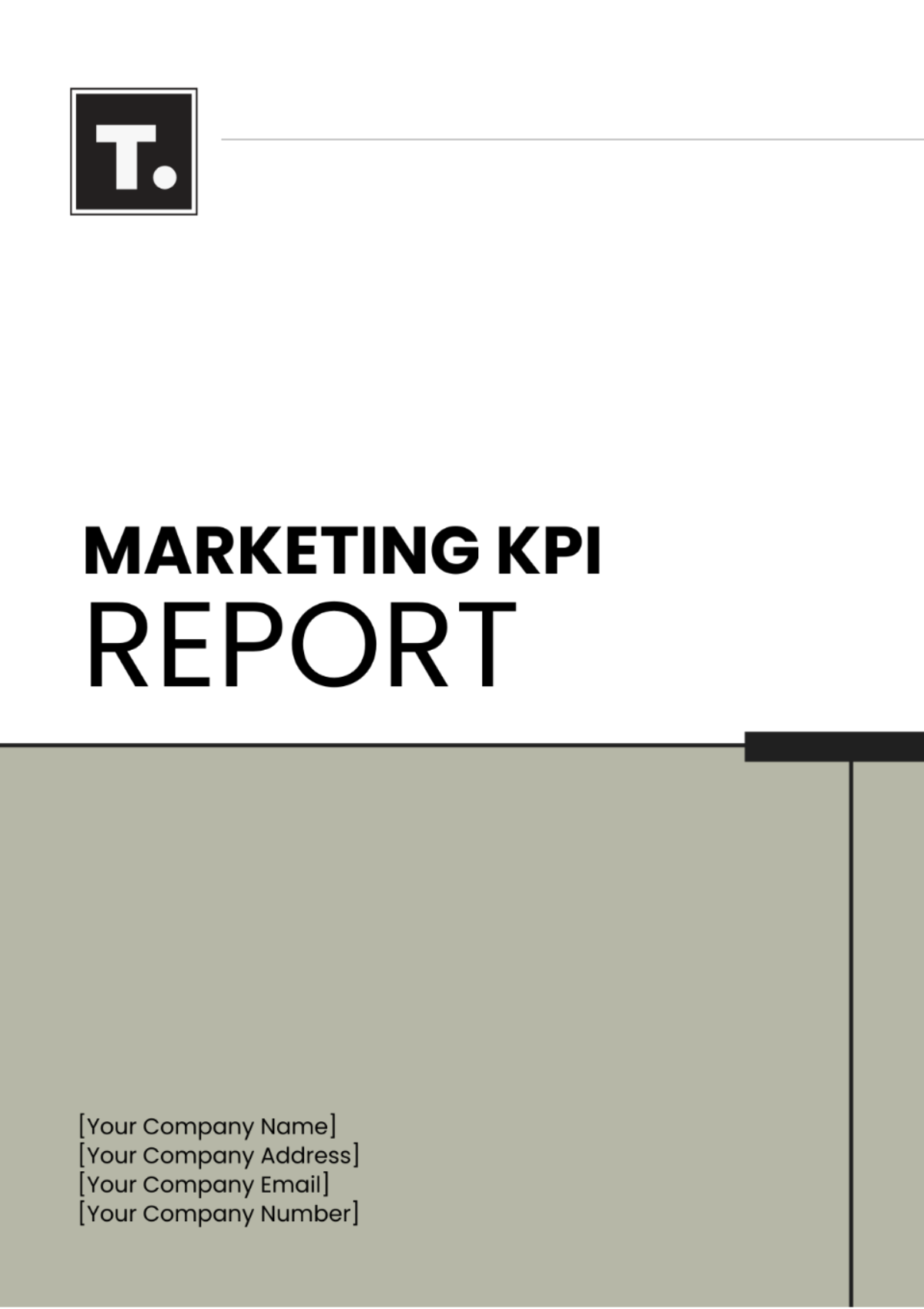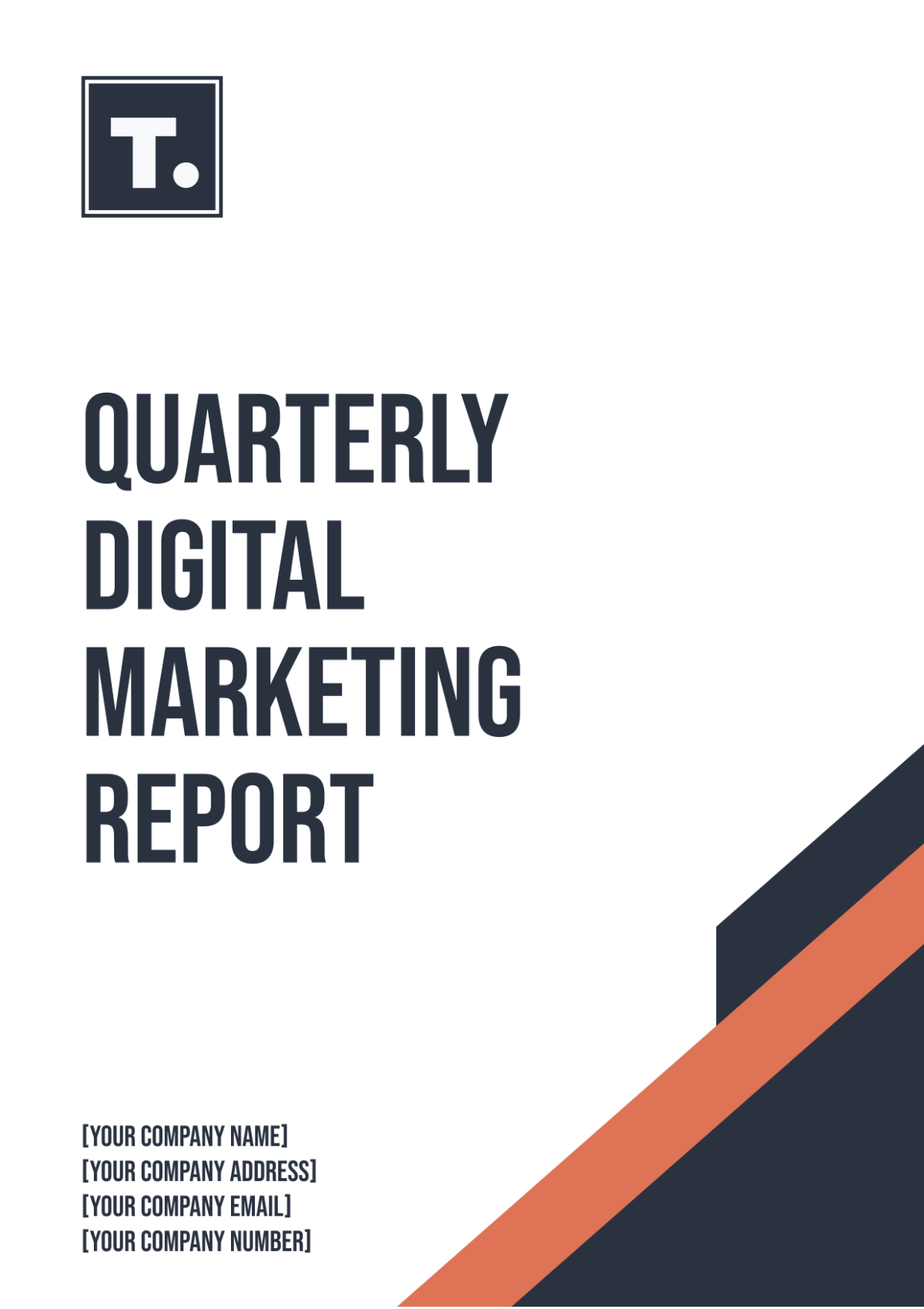Marketing Internal Audit Report
1. Executive Summary
This audit was conducted to evaluate the marketing operations and identify areas for enhancement, covering the period from Q1 2050 to Q3 2050. The purpose was to provide insights into the effectiveness of marketing strategies and the efficiency of resource allocation.
Key Findings:
Campaign Performance: Individual marketing campaigns yielded promising results; however, they lacked cohesive integration, leading to fragmented messaging and missed opportunities for cross-channel synergy.
Budget Allocation: The budget allocation revealed a significant imbalance, with substantial resources directed towards lower-performing channels, resulting in underutilization of high-performing avenues.
Data Analytics: Current data analytics and tracking mechanisms were insufficient, creating challenges in performance measurement and insight generation, which hindered informed decision-making.
2. Scope and Objectives
The audit aimed to assess the effectiveness, efficiency, and compliance of marketing operations. The specific objectives included:
Performance Evaluation: Assessing the performance metrics of various marketing channels, including social media, email marketing, SEO, and traditional media.
Budget Analysis: Evaluating the distribution of marketing expenditures to identify areas for optimization.
Data Capability Review: Review the existing data analytics capabilities to determine their effectiveness in driving marketing strategy.
3. Methodology
The audit employed a multi-faceted approach, including:
Interviews: Conducted in-depth interviews with key marketing personnel, including campaign managers, data analysts, and financial controllers, to gather qualitative insights on current operations.
Campaign Review: Analyzed marketing campaigns and collateral, including social media posts, email newsletters, and SEO performance, to assess their effectiveness and alignment with overall strategy.
Financial Analysis: Reviewed financial records related to marketing expenditures to identify trends and discrepancies in budget allocation.
Data Systems Examination: Evaluated existing data analytics tools and reports, assessing their effectiveness in measuring key performance indicators (KPIs).
4. Findings
4.1 Campaign Performance
Our analysis indicated that while individual campaigns achieved commendable reach and engagement, the lack of an integrated strategy limited overall impact.
Campaign | Reach | Engagement | Conversion Rate | Key Insights |
|---|---|---|---|---|
Social Media Campaign | 500,000 | 10% | 2% | Effective reach but low engagement; potential for improved content strategy. |
Email Marketing | 200,000 | 25% | 5% | Strong engagement; consider increasing frequency and personalization. |
SEO | 1,000,000 | 15% | 3% | High reach; focus on optimizing landing pages for better conversion. |
4.2 Budget Allocation
The analysis of budget distribution revealed significant disparities, with higher allocations directed toward channels demonstrating lower performance levels.
Channel | Budget Allocated | Effectiveness | Recommendation |
|---|---|---|---|
Social Media | $100,000 | Medium | Optimize content strategy; consider reallocating budget to higher-performing areas. |
Email Marketing | $50,000 | High | Increase budget to capitalize on high engagement; explore automation tools. |
SEO | $30,000 | Medium | Enhance investment in SEO tools and training to improve visibility. |
Traditional Media | $150,000 | Low | Reduce budget; shift funds to digital channels that yield better ROI. |
4.3 Data Analytics
The audit revealed that current data analytics systems were inadequate, limiting the ability to track performance effectively. Key issues identified included:
Centralization Deficit: The absence of a centralized data repository led to fragmented data management and difficulties in obtaining a holistic view of marketing performance.
Metric Inconsistency: Metrics varied significantly across channels, leading to challenges in comparative analysis and performance assessment.
Training Gaps: Staff demonstrated limited proficiency in utilizing data analytics tools, highlighting a need for comprehensive training programs.
5. Recommendations
5.1 Strategic Integration To enhance overall campaign performance, it is crucial to implement a cohesive strategy that aligns all marketing channels with shared goals. This could involve developing an integrated marketing plan that ensures consistent messaging across all platforms.
5.2 Budget Reallocation It is recommended to reallocate the marketing budget, directing more resources towards high-performing channels, such as Email Marketing. This may involve decreasing the budget for Traditional Media, where returns have proven low, and investing in digital marketing strategies that demonstrate higher engagement and conversion rates.
5.3 Strengthening Data Analytics Investing in a robust data analytics platform is essential for improved performance tracking. This should include:
Establishing a centralized data repository to streamline data collection and reporting.
Standardizing metrics across all channels to facilitate comparative analysis.
Providing comprehensive training sessions for staff on the use of data analytics tools to enhance their capabilities.
6. Conclusion
This audit has identified critical areas for optimizing marketing operations to improve overall performance and efficiency. By implementing the outlined recommendations, the organization can achieve a more effective marketing strategy, ultimately driving higher engagement and conversions.
7. Appendices
Additional data, including detailed interview transcripts, financial analyses, and performance reports, are available upon request.









